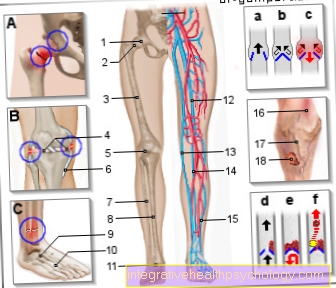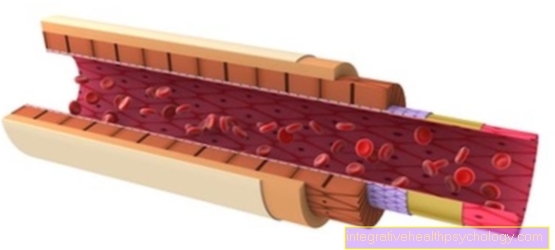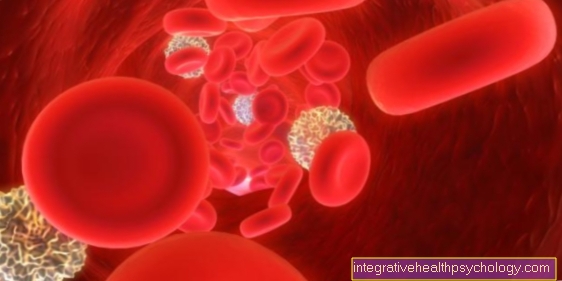Wolfstrapp
Latin name
Lycopus europaeus
genus
Mint family
Common names
Common Wolfstrapp
Plant description:
The Wolfstrapp has a square stem, the lanceolate leaves are opposite, are on lower part stalked, attached directly to the stem above. The leaf margins of the Wolfstrapp are sawn. The flowers form where the Stem with the leaves connected is.
The small, white lip-flowers grow in spherical groups, are funnel-shaped.
Flowering time:July to September
Occurrence: Wolfstrapp grows widespread over large parts of the northern hemisphere, also in Germany in moist, natural locations.
Plant parts used medicinally
The Wolfstrapp will flowering herb without the roots used for the manufacture of medicines. Accordingly, it is bundled at the flowering time and on one dried airy place.
Ingredients
- Lithosperic acid
- Tannins
- Glycosides
- volatile oil
Medicinal effect and application
The lithosperm acid in Wolfstrapp counteracts this lighter forms of the Hyperthyroidism. It alleviates them
- Overexcitability
- nervousness
- Palpitations
Wolfstrapp is rarely used as a tea but primarily as a fresh plant extract. Available in the pharmacy as well as a combination of Wolfstrapp and Motherwort (Thyreogutt).
preparation
Tea made from wolfwort
One pours over 2 teaspoons of the dried herb with a large cup of boiling water Brew for 10 minutes, refrain. The Wolfstrapp tea as a cure 2 cups a day for several weeks unsweetened drink.
Use in homeopathy
The remedy Lycopus virginicus is made from the flowering herb of the Virginia Wolfstrapp. It grows in North America and is very similar to the European plant. Also used here at slight hyperthyroidism which with
- Palpitations
- nervousness
- Sweats
goes hand in hand. The homeopathic dose of Wolfstrapp D1 to D6 is common.
Side effects
are not to be feared with normal dosage.





























